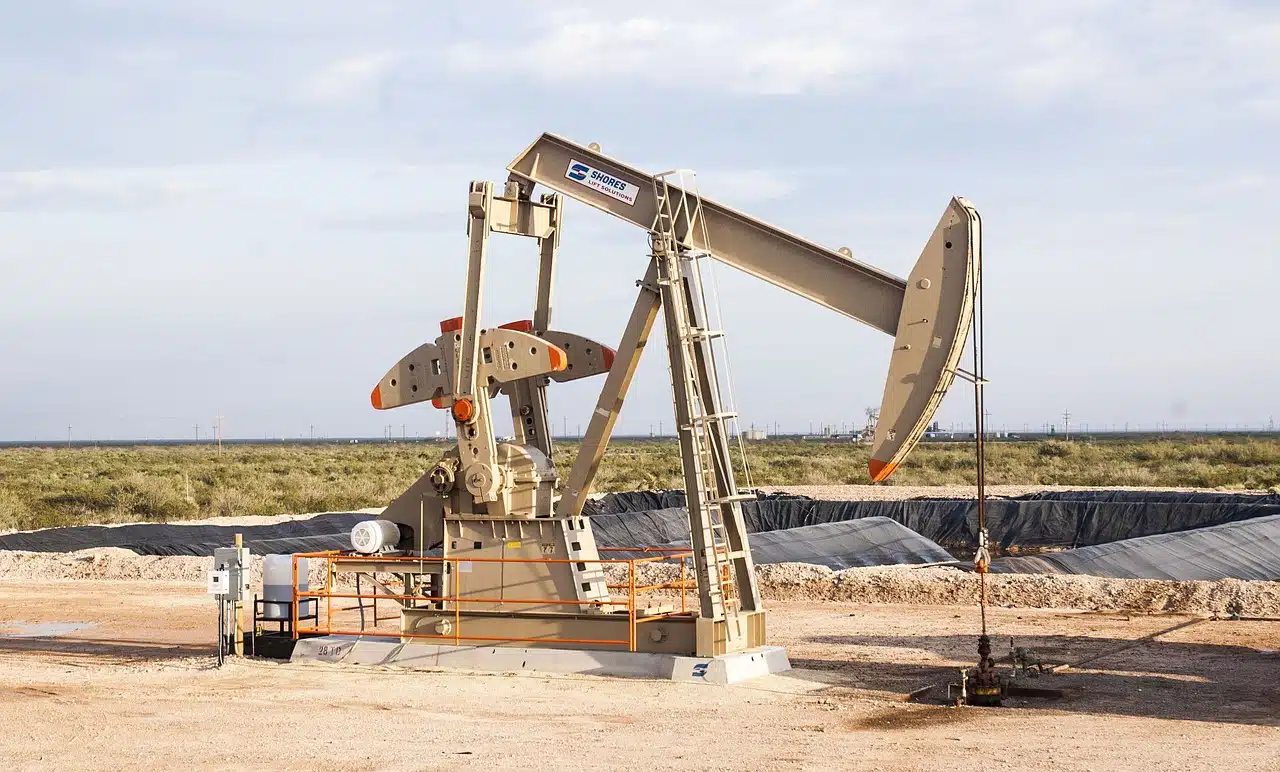
A non-renewable energy source may run out.
Non-renewable energy is the type of energy that is obtained from a limited natural resource, so once it is depleted, it cannot be replaced . As there is no viable production or extraction system, when the resource reserves that allow non-renewable energy to be generated are exhausted, it will cease to exist.
Before moving forward, it is essential that we first determine the etymological origin of the words that make up that term:
- Energy . It comes from the Latin energia , which in turn comes from the Greek word energeia . The latter was made up of three parts: the prefix en ; the noun ergon , which is the same as "work" ; and the suffix -eia , which was used to express a quality.
- Renewable . It also emanates from Latin as demonstrated by the fact that it is the result of the sum of three Latin components: the prefix re- , which is synonymous with "reiteration" ; the word novum , which can be translated as "new" ; and the suffix -able , which is equivalent to "you can."
Energy is the ability to transform or set something in motion . The concept is usually used in reference to a natural resource with the associated elements that allow industrial use of it. Renewable , for its part, refers to that which can be renewed (that is, it can be returned to its first state or replaced). Applied to energy, this notion is linked to the possibility of renewal or restoration through a natural process .
Types of non-renewable energy
Non-renewable energies come from fossil fuels or nuclear fuels . In the first group we can find oil , coal and natural gas . These fuels are easy to extract, but their reserves can be depleted in the short or medium term. Once there are no more oil reserves, for example, humans will not be in a position to create new ones.
In addition, it must be emphasized that fossil fuels have other equally important advantages, such as, for example, that they are cheap or that they have a long availability over time. However, they have the great drawback that they expel polluting gases that are harmful both to the atmosphere itself and to humans.
Among nuclear fuels , for their part, elements such as plutonium or uranium appear. These are limited fuels and, therefore, non-renewable.
In the case of nuclear fuels, we could highlight the main advantages that they produce abundant energy and do not emit gases that can create what is known as the greenhouse effect. However, they also have their harms or disadvantages such as that, in the event of an accident, they can cause a serious environmental or personal catastrophe and that they are harmful for centuries. Specifically, good examples of this are the Chernobyl disasters (1986) or Fukushima (2011).

Nuclear fuels are non-renewable energy.
Regeneration capacity
Renewable energies , on the other hand, come from sources that are virtually inexhaustible thanks to their ability to regenerate naturally or the large amount of energy they have available.
Wind energy is an example of renewable energy, since the wind is inexhaustible. The same can be said of solar energy , originating from the sun.
